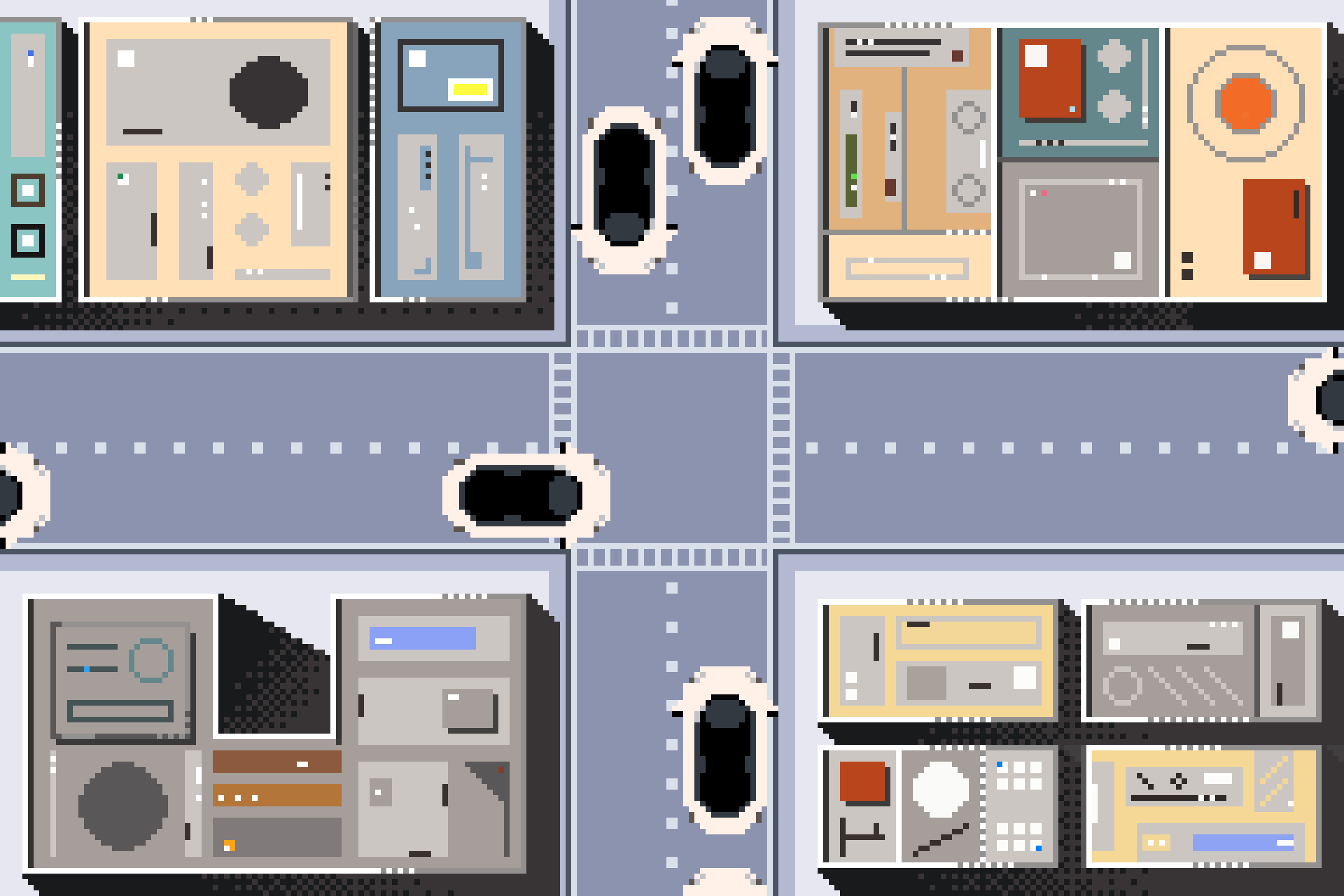The dawn of the automobile a century ago drastically reshaped American cities. Pedestrian fatalities skyrocketed, streetcars faltered under the strain of congested roads, and the cacophony of horns became a constant urban soundtrack. Cities, in their scramble to accommodate this influx of vehicles, sacrificed green spaces and pedestrian-friendly infrastructure. This historical precedent offers a crucial lens through which to examine the potential impact of self-driving cars. While touted as a revolutionary technology promising increased safety and efficiency, the rise of autonomous vehicles could trigger a new wave of urban upheaval.
The Looming Traffic Jam of Driverless Cars
The rapid deployment of self-driving car technology presents a paradox. While individual vehicles might become more efficient, the collective effect of a large number of autonomous cars navigating city streets simultaneously could lead to unprecedented congestion. Current traffic management systems are designed for human drivers, who exhibit unpredictable behavior, such as sudden braking or lane changes. Autonomous vehicles, programmed to optimize their own routes, could inadvertently create gridlock by all converging on the same optimal path at the same time. This “self-driving car traffic jam” could negate many of the efficiency gains promised by the technology, potentially increasing commute times and exacerbating existing urban congestion problems. The lack of human intuition and adaptability in autonomous vehicles could lead to unexpected bottlenecks and delays.
Reimagining Urban Infrastructure for a Driverless Future
Addressing this potential crisis demands a proactive approach. We cannot simply repeat the mistakes of the past. City planners and engineers must collaborate with technology developers to anticipate and mitigate the potential negative consequences of widespread autonomous vehicle adoption. This means investing in advanced traffic management systems capable of handling the complexities of a fleet of driverless cars. It also necessitates a renewed focus on sustainable and efficient public transportation, cycling infrastructure, and pedestrian-friendly urban design. Cities need to be designed for people, not just for cars. This isn’t just about adding more lanes; it’s about rethinking the very fabric of urban mobility.
The Need for Coordinated Policy and Planning
The transition to autonomous vehicles requires a coordinated effort between government agencies, technology companies, and urban planners. Clear regulations are needed to ensure the safety and efficiency of self-driving cars. This includes establishing standards for data sharing, cybersecurity protocols, and liability in the event of accidents. Furthermore, a long-term vision for urban planning that integrates autonomous vehicles into a broader transportation ecosystem is crucial. This vision must prioritize sustainability, accessibility, and the overall quality of life for city residents. Failure to adequately address these challenges risks repeating the mistakes of the past and creating a future where technological advancements exacerbate, rather than solve, existing urban problems.
CONCLUSION:
The advent of self-driving cars presents both immense opportunities and significant challenges. By learning from the past, investing in smart infrastructure, and fostering collaboration between various stakeholders, we can navigate this technological shift in a way that improves, rather than diminishes, the quality of life in our cities. The future of urban mobility depends on our ability to anticipate and proactively address the potential downsides of this exciting, yet potentially disruptive, technology.
Based on materials: Vox





